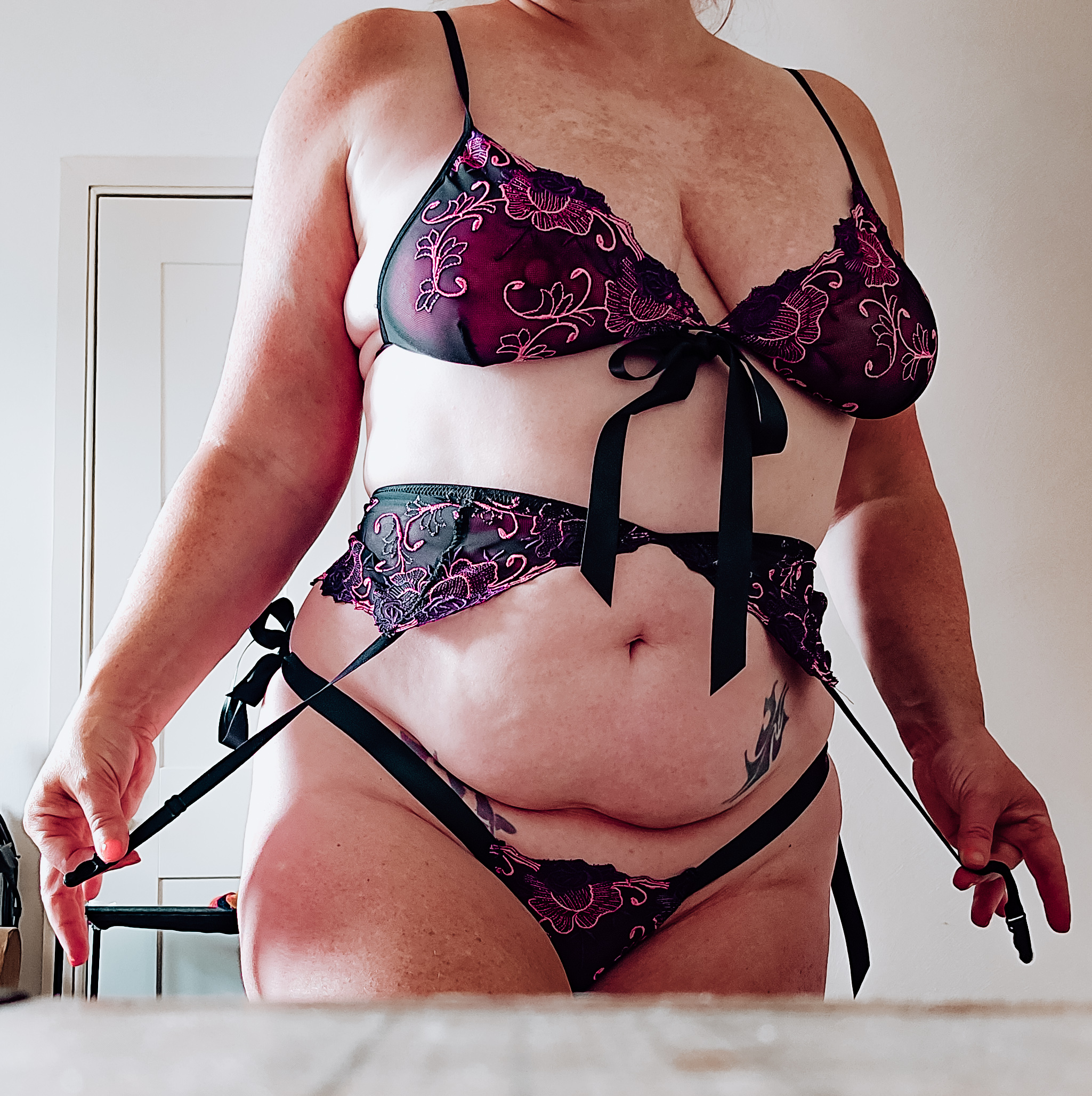Understanding Non-Binary Identities
Understanding non-binary identities is crucial in today’s increasingly inclusive society. Non-binary individuals identify outside the traditional categories of male and female, encompassing a spectrum of gender identities and expressions. Recognizing and respecting these identities is essential for creating a supportive and welcoming environment for all.
Defining Non-Binary
Understanding non-binary identities is crucial in today’s increasingly inclusive society. Non-binary individuals identify outside the traditional categories of male and female, encompassing a spectrum of gender identities and expressions. Recognizing and respecting these identities is essential for creating a supportive and welcoming environment for all.
Here are some key points to help you understand what it means to be non-binary:
- Non-binary people may identify as having no gender, multiple genders, or a gender that falls outside the binary of male and female.
- Gender identity is distinct from sexual orientation.
- Non-binary individuals may express their gender in various ways, including clothing, hairstyles, pronouns, and mannerisms.
- It’s important to use the pronouns that a non-binary person identifies with. Common pronouns include they/them, he/him, she/her, or a combination thereof.
Supporting your partner who identifies as non-binary involves active listening, understanding, and respect.
- Ask your partner how you can best support them.
- Use their preferred name and pronouns consistently.
- Educate yourself about non-binary identities and experiences.
- Challenge gender stereotypes and discrimination when you encounter them.
- Create a safe and inclusive environment where your partner feels comfortable expressing themselves authentically.
Beyond the Binary: Gender Spectrum
Understanding non-binary identities is crucial in today’s increasingly inclusive society. Non-binary individuals identify outside the traditional categories of male and female, encompassing a spectrum of gender identities and expressions. Recognizing and respecting these identities is essential for creating a supportive and welcoming environment for all.
Here are some key points to help you understand what it means to be non-binary:
- Non-binary people may identify as having no gender, multiple genders, or a gender that falls outside the binary of male and female.
- Gender identity is distinct from sexual orientation.
- Non-binary individuals may express their gender in various ways, including clothing, hairstyles, pronouns, and mannerisms.
- It’s important to use the pronouns that a non-binary person identifies with. Common pronouns include they/them, he/him, she/her, or a combination thereof.
Supporting your partner who identifies as non-binary involves active listening, understanding, and respect.
- Ask your partner how you can best support them.
- Use their preferred name and pronouns consistently.
- Educate yourself about non-binary identities and experiences.
- Challenge gender stereotypes and discrimination when you encounter them.
- Create a safe and inclusive environment where your partner feels comfortable expressing themselves authentically.
Common Misconceptions About Non-Binary People
It is crucial to understand that being non-binary means identifying outside the traditional categories of male and female. These identities exist on a spectrum, with individuals experiencing and expressing their gender in diverse ways.
A common misconception is that being non-binary equates to being transgender. While both identities fall outside the binary, they are distinct. Being transgender refers to identifying with a gender different from the one assigned at birth, while being non-binary encompasses a broader range of gender identities that may or may not align with the sex assigned at birth.
Another misconception is that all non-binary people look or behave the same way. This is simply not true. Non-binary individuals express their gender through various means, including clothing, hairstyles, pronouns, and mannerisms, just like anyone else. It’s important to remember that gender expression is personal and varies greatly from person to person.

Ultimately, understanding non-binary identities requires respect, empathy, and a willingness to learn.
Expressing Gender Identity
Understanding non-binary identities is crucial in today’s increasingly inclusive society. Non-binary individuals identify outside the traditional categories of male and female, encompassing a spectrum of gender identities and expressions. Recognizing and respecting these identities is essential for creating a supportive and welcoming environment for all.
Pronouns and Name Changes
Understanding non-binary identities is crucial in today’s increasingly inclusive society. Non-binary individuals identify outside the traditional categories of male and female, encompassing a spectrum of gender identities and expressions. Recognizing and respecting these identities is essential for creating a supportive and welcoming environment for all.
Here are some key points to help you understand what it means to be non-binary:
- Non-binary people may identify as having no gender, multiple genders, or a gender that falls outside the binary of male and female.
- Gender identity is distinct from sexual orientation.
- Non-binary individuals may express their gender in various ways, including clothing, hairstyles, pronouns, and mannerisms.
- It’s important to use the pronouns that a non-binary person identifies with. Common pronouns include they/them, he/him, she/her, or a combination thereof.
Supporting your partner who identifies as non-binary involves active listening, understanding, and respect.
- Ask your partner how you can best support them.
- Use their preferred name and pronouns consistently.
- Educate yourself about non-binary identities and experiences.
- Challenge gender stereotypes and discrimination when you encounter them.
- Create a safe and inclusive environment where your partner feels comfortable expressing themselves authentically.
It is crucial to understand that being non-binary means identifying outside the traditional categories of male and female. These identities exist on a spectrum, with individuals experiencing and expressing their gender in diverse ways.
A common misconception is that being non-binary equates to being transgender. While both identities fall outside the binary, they are distinct. Being transgender refers to identifying with a gender different from the one assigned at birth, while being non-binary encompasses a broader range of gender identities that may or may not align with the sex assigned at birth.
Another misconception is that all non-binary people look or behave the same way. This is simply not true. Non-binary individuals express their gender through various means, including clothing, hairstyles, pronouns, and mannerisms, just like anyone else. It’s important to remember that gender expression is personal and varies greatly from person to person.
Ultimately, understanding non-binary identities requires respect, empathy, and a willingness to learn.
Clothing and Appearance
Understanding non-binary identities is crucial in today’s increasingly inclusive society. Non-binary individuals identify outside the traditional categories of male and female, encompassing a spectrum of gender identities and expressions. Recognizing and respecting these identities is essential for creating a supportive and welcoming environment for all.
Here are some key points to help you understand what it means to be non-binary:
- Non-binary people may identify as having no gender, multiple genders, or a gender that falls outside the binary of male and female.
- Gender identity is distinct from sexual orientation.
- Non-binary individuals may express their gender in various ways, including clothing, hairstyles, pronouns, and mannerisms.
- It’s important to use the pronouns that a non-binary person identifies with. Common pronouns include they/them, he/him, she/her, or a combination thereof.
Supporting your partner who identifies as non-binary involves active listening, understanding, and respect.
- Ask your partner how you can best support them.
- Use their preferred name and pronouns consistently.
- Educate yourself about non-binary identities and experiences.
- Challenge gender stereotypes and discrimination when you encounter them.
- Create a safe and inclusive environment where your partner feels comfortable expressing themselves authentically.
It is crucial to understand that being non-binary means identifying outside the traditional categories of male and female. These identities exist on a spectrum, with individuals experiencing and expressing their gender in diverse ways.
A common misconception is that being non-binary equates to being transgender. While both identities fall outside the binary, they are distinct. Being transgender refers to identifying with a gender different from the one assigned at birth, while being non-binary encompasses a broader range of gender identities that may or may not align with the sex assigned at birth.
Another misconception is that all non-binary people look or behave the same way. This is simply not true. Non-binary individuals express their gender through various means, including clothing, hairstyles, pronouns, and mannerisms, just like anyone else. It’s important to remember that gender expression is personal and varies greatly from person to person.
Ultimately, understanding non-binary identities requires respect, empathy, and a willingness to learn.
Gender Affirming Language
Expressing gender identity is a deeply personal journey and can manifest in various ways. For non-binary individuals, this often involves embracing pronouns that align with their internal sense of self, such as they/them, he/him, she/her, or a combination thereof.

Gender-affirming language is crucial for creating an inclusive environment where non-binary people feel seen and respected. This means using the pronouns and names that individuals identify with, avoiding assumptions about someone’s gender based on their appearance, and being mindful of language that reinforces traditional gender binaries.
Supporting Your Partner
Supporting a partner who identifies as non-binary means creating a space of understanding, acceptance, and respect. It involves active listening to their needs and preferences, using their chosen name and pronouns consistently, and educating yourself about the nuances of non-binary experiences.
Active Listening and Validation
Active listening is fundamental in any relationship, but it’s especially crucial when supporting a partner who identifies as non-binary. It means paying full attention to what they say, both verbally and nonverbally, without interrupting or offering unsolicited advice. Focus on understanding their perspective and feelings rather than formulating your response while they are speaking.
Validation is equally important. It involves acknowledging and accepting your partner’s experiences and feelings, even if you don’t fully understand them. Phrases like “That sounds really challenging” or “I hear that you’re feeling frustrated” can go a long way in making your partner feel heard and supported.
Remember, everyone expresses their gender identity differently. Some non-binary individuals may be comfortable discussing their experiences openly, while others may prefer to share at their own pace. Respect your partner’s boundaries and allow them to guide the conversation.
It is crucial to understand that being non-binary means identifying outside the traditional categories of male and female. These identities exist on a spectrum, with individuals experiencing and expressing their gender in diverse ways.
A common misconception is that being non-binary equates to being transgender. While both identities fall outside the binary, they are distinct. Being transgender refers to identifying with a gender different from the one assigned at birth, while being non-binary encompasses a broader range of gender identities that may or may not align with the sex assigned at birth.
Another misconception is that all non-binary people look or behave the same way. This is simply not true. Non-binary individuals express their gender through various means, including clothing, hairstyles, pronouns, and mannerisms, just like anyone else. It’s important to remember that gender expression is personal and varies greatly from person to person.
Ultimately, understanding non-binary identities requires respect, empathy, and a willingness to learn.
Understanding non-binary identities is crucial in today’s increasingly inclusive society. Non-binary individuals identify outside the traditional categories of male and female, encompassing a spectrum of gender identities and expressions. Recognizing and respecting these identities is essential for creating a supportive and welcoming environment for all.
Here are some key points to help you understand what it means to be non-binary:
- Non-binary people may identify as having no gender, multiple genders, or a gender that falls outside the binary of male and female.
- Gender identity is distinct from sexual orientation.
- Non-binary individuals may express their gender in various ways, including clothing, hairstyles, pronouns, and mannerisms.
- It’s important to use the pronouns that a non-binary person identifies with. Common pronouns include they/them, he/him, she/her, or a combination thereof.
Supporting your partner who identifies as non-binary involves active listening, understanding, and respect.
- Ask your partner how you can best support them.
- Use their preferred name and pronouns consistently.
- Educate yourself about non-binary identities and experiences.
- Challenge gender stereotypes and discrimination when you encounter them.
- Create a safe and inclusive environment where your partner feels comfortable expressing themselves authentically.
Expressing gender identity is a deeply personal journey and can manifest in various ways. For non-binary individuals, this often involves embracing pronouns that align with their internal sense of self, such as they/them, he/him, she/her, or a combination thereof.
Gender-affirming language is crucial for creating an inclusive environment where non-binary people feel seen and respected. This means using the pronouns and names that individuals identify with, avoiding assumptions about someone’s gender based on their appearance, and being mindful of language that reinforces traditional gender binaries.
Supporting a partner who identifies as non-binary means creating a space of understanding, acceptance, and respect. It involves active listening to their needs and preferences, using their chosen name and pronouns consistently, and educating yourself about the nuances of non-binary experiences.
Active listening is fundamental in any relationship, but it’s especially crucial when supporting a partner who identifies as non-binary. It means paying full attention to what they say, both verbally and nonverbally, without interrupting or offering unsolicited advice. Focus on understanding their perspective and feelings rather than formulating your response while they are speaking.
Validation is equally important. It involves acknowledging and accepting your partner’s experiences and feelings, even if you don’t fully understand them. Phrases like “That sounds really challenging” or “I hear that you’re feeling frustrated” can go a long way in making your partner feel heard and supported.
Remember, everyone expresses their gender identity differently. Some non-binary individuals may be comfortable discussing their experiences openly, while others may prefer to share at their own pace. Respect your partner’s boundaries and allow them to guide the conversation.
Supporting your partner who identifies as non-binary means respecting their boundaries while providing unwavering love and understanding.
It involves actively listening to their needs and preferences, using their chosen name and pronouns consistently, and educating yourself about non-binary experiences. Remember that every individual’s journey is unique, so be patient and allow your partner to guide you.
Setting healthy boundaries is essential in any relationship, but it’s particularly important when navigating the complexities of gender identity.
Respect your partner’s comfort levels when discussing their gender identity, experiences, or challenges. Avoid pressuring them to share information they’re not ready to disclose.
If your partner expresses a preference for certain topics or ways of discussing their identity, honor those wishes. Likewise, be mindful of your own language and avoid making assumptions about their gender expression or experiences.
Creating a safe and supportive environment where your partner feels comfortable expressing themselves authentically is fundamental to fostering a healthy and respectful relationship.
Supporting your partner who identifies as non-binary requires understanding, respect, and a willingness to learn. It starts with open communication and creating a safe space for them to share their experiences and feelings.
Encourage your partner to tell you how they prefer to be supported. This might involve using their chosen name and pronouns consistently, being respectful of their boundaries around discussing their gender identity, or simply being a listening ear when they need to talk.
Educate yourself about non-binary identities and experiences.
There are many resources available online and in libraries that can provide valuable insights into the diverse ways people express their gender.
Remember, understanding your partner’s journey is an ongoing process. Be patient, ask questions with genuine curiosity, and show your love and support through your actions.
Celebrating Their Journey
Supporting a partner who identifies as non-binary means creating a space where they feel safe, understood, and respected.
It starts with open communication and a willingness to learn about their experiences. Ask your partner how you can best support them – this could involve using their chosen name and pronouns consistently, respecting their boundaries around discussing their gender identity, or simply being a listening ear when they need to talk.

Educate yourself about non-binary identities and experiences. There are many resources available online and in libraries that can provide valuable insights into the diverse ways people express their gender. Remember, understanding your partner’s journey is an ongoing process. Be patient, ask questions with genuine curiosity, and show your love and support through your actions.
Christina Stambolian
Clementine Levy
- Dermal Fillers For Facial Proportion In Knaphill, Surrey - September 19, 2025
- Chin Augmentation With Chin Filler Near Tolworth, Surrey - September 18, 2025
- Can You Travel With THC Beverages? Airport And Border Rules - September 16, 2025






